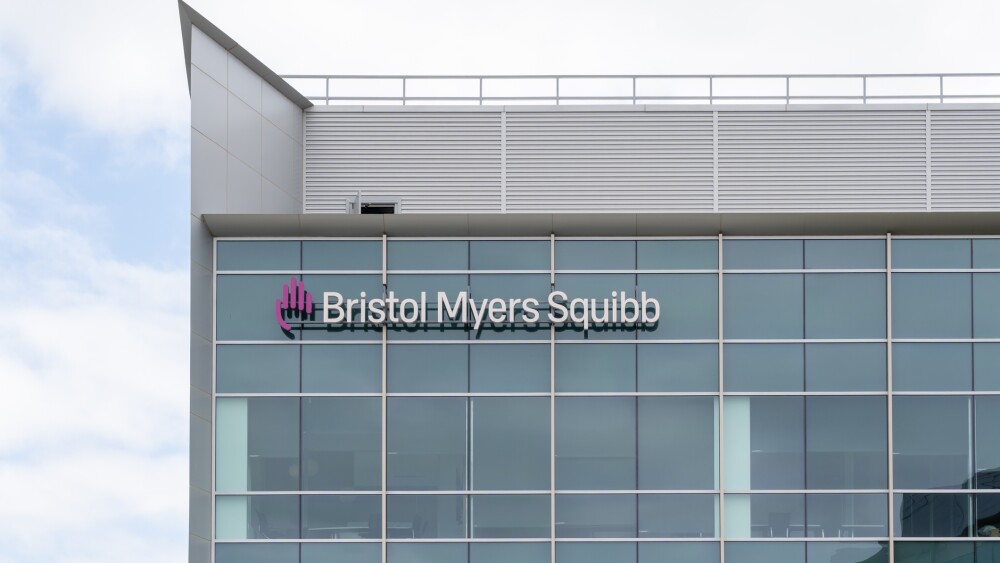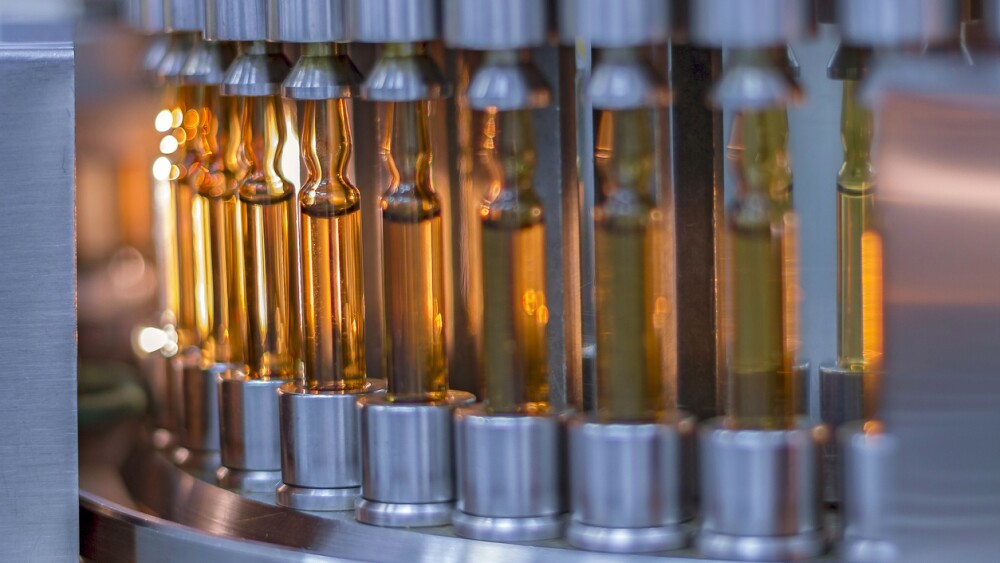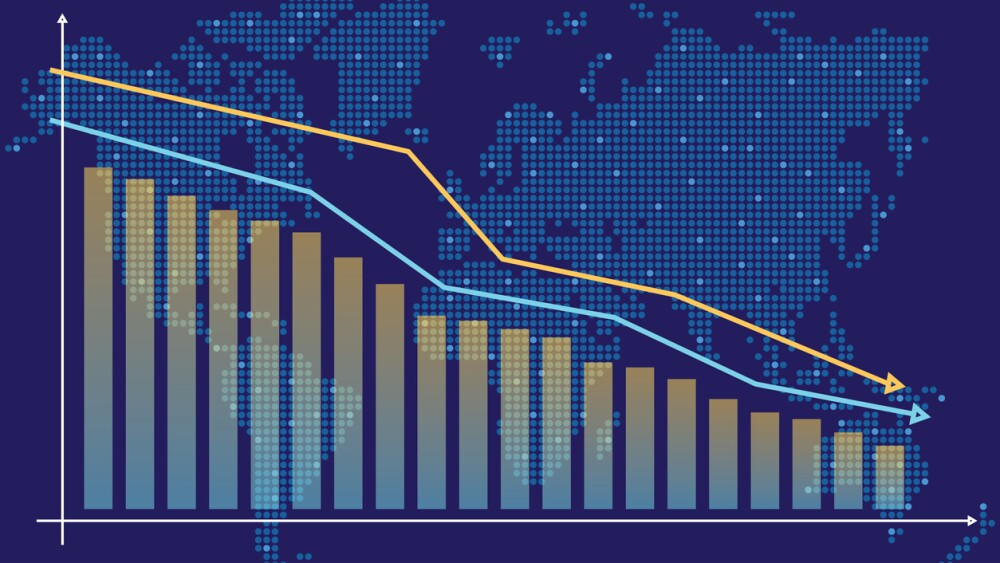News
Bristol Myers Squibb and Johnson & Johnson will continue to test the asset in stroke and atrial fibrillation.
FEATURED STORIES
A new generation of companies is eyeing the existing, sizeable hair loss market, hoping that better formulations and new scientific targets will finally produce treatments that are safer and more effective, as well as commercially successful.
The nausea and other gastrointestinal side effects of weight loss drugs like Novo Nordisk’s Wegovy or Eli Lilly’s Zepbound will limit how much these drugs can help patients and stunt the overall obesity market unless we approach the problem head on.
While investment has slowed in radiopharmaceuticals, analysts predict increased interest to come as Novartis shows just how successful radiopharmaceuticals can be.
Job Trends
Bioinformatics is on the rise, forecasted to grow by about $16 billion from 2024 to 2029 given its value to managing mass datasets critical to modern drug discovery and development. Two talent acquisition experts share how the field has evolved in the past few years and which skills are most in demand.
FROM OUR EDITORS
Read our takes on the biggest stories happening in the industry.
While there are benefits of having employees on-site, the limited workplace flexibility at some companies following the COVID-19 pandemic can affect not only employees but also organizations’ retention and attraction efforts.
THE LATEST
The strategic initiative will extend Metagenomi’s cash runway into the fourth quarter of 2027. That same year, the company expects to generate initial Phase I data for its lead asset MGX-001 in hemophilia A.
Altimmune’s pemvidutide showed “class-leading signals” in non-invasive assessments and has “potentially best-in-class tolerability,” according to analysts at H.C. Wainwright.
Aside from offering to acquire all remaining shares of Neuphoria, existing investor Lynx1 Master Fund also announced its plan to nominate directors in the biotech’s upcoming board elections.
With immunology and inflammation blockbusters like AbbVie’s Skyrizi and Rinvoq reeling in nearly $7 billion combined in the third quarter, the pipeline-in-a-product strategy has never been more attractive.
Pfizer seals the deal with Metsera for $10 billion after Novo Nordisk bowed out; President Donald Trump welcomes executives from Novo and Eli Lilly to the White House to announce that the companies’ GLP-1 medicines would be sold at a reduced cost; and the FDA grants the second round of priority review vouchers—primarily to already marketed drugs.
With pricing pressures climbing, Pfizer, Eli Lilly and other major drugmakers are looking to sell their products directly to patients. Analysts are skeptical that these efforts, including those announced to much fanfare from the White House, will result in meaningful reductions in drug spending.
The appointment of Richard Pazdur, currently director of the FDA’s Oncology Center of Excellence, comes less than a week after he reportedly declined the post, and just nine days after his predecessor’s controversial exit.
Data presented at this year’s American Heart Association Scientific Sessions in New Orleans underline rapid advancements in the cardiovascular field.
The mid-stage failure was unexpected to analysts at BMO Capital Markets, who viewed ‘770 as mostly derisked given its similar mechanism of action to Johnson & Johnson’s Spravato.
Cogent Biosciences expects to file a new drug application for bezuclastinib in gastrointestinal stromal tumors early next year after what Leerink said was “the first positive trial in this disease in over a decade.”






















